Understanding the Diverse Symptoms of Autism
Identifying and Interpreting Autism Symptoms for Better Awareness
Introduction to Autism Spectrum Disorder
Autism spectrum disorder (ASD) is a complex neurodevelopmental condition characterized by persistent challenges in social communication and interaction, along with restricted, repetitive patterns of behavior, interests, or activities. Awareness and understanding of autism symptoms are crucial for early identification and intervention, which can significantly enhance support and management of those affected. This article delves into the diverse symptoms of autism across different age groups and sexes, providing insights into the manifestations and variations of ASD.
Recognizing Autism Symptoms in Children
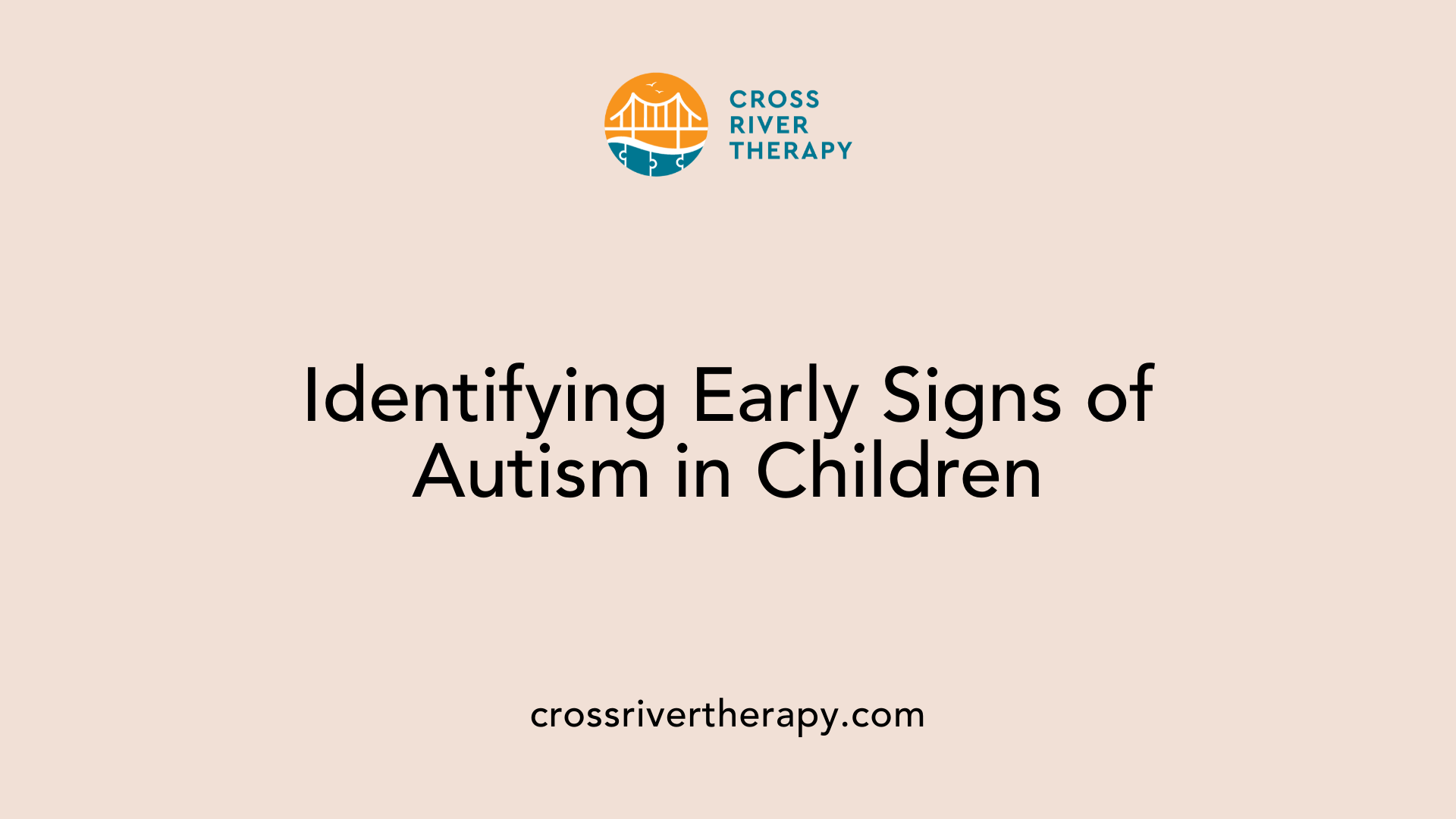
What symptoms indicate autism in children?
Symptoms indicating autism in children can manifest in various ways. Young children may show signs such as not responding to their name, avoiding eye contact, and displaying limited pretend play. They may also exhibit repetitive movements, have strong routines, and show unusual reactions to sensory stimuli, such as tastes and sounds. Older children might struggle with understanding others' feelings and have difficulty making friends, often preferring solitude. Additionally, delays in speech and social skills are common, and some children may regress after initial development.
How can autism symptoms be observed in babies?
Autism symptoms can be observed in babies as early as a few months old, although clear signs often become noticeable between 18 to 22 months. Early indicators include a lack of eye contact, reduced emotional expressions, and difficulties with social engagement, such as a limited response to their names by 9 months. Infants may also show little pointing or gesturing, which are key forms of communication. Other potential signs include unusual sensory sensitivity, lack of interest in interactive games, and delayed babbling or speech development. By monitoring these behaviors, parents and caregivers can catch developmental concerns early, prompting further evaluation if necessary.
How do autism symptoms manifest in toddlers?
Autism symptoms in toddlers can manifest in various ways, including a lack of response to their name, poor eye contact, and delayed speech development. Many autistic toddlers may not engage in typical social behaviors, such as smiling back when smiled at or participating in pretend play. Repetitive movements, such as hand-flapping or rocking, and unusual sensory sensitivities to tastes, sounds, or textures can also be significant indicators. Furthermore, children might show difficulties with joint attention, often failing to point at or share objects of interest with caregivers. It's essential to monitor these signs closely, as early identification and intervention can significantly impact development.
| Age Range | Common Symptoms | Additional Characteristics |
|---|---|---|
| Infants (0-12 months) | Lack of eye contact, reduced emotional expression | Delayed babbling, lack of response to name |
| Toddlers (1-3 years) | Avoiding interactive play, repetitive movements | Sensory sensitivities, difficulty with joint attention |
| Older Children (3+) | Struggles in friendships, limited pretend play | Regression in skills, challenges with communication |
The Diagnostic Process: Understanding and Identifying Core Symptoms
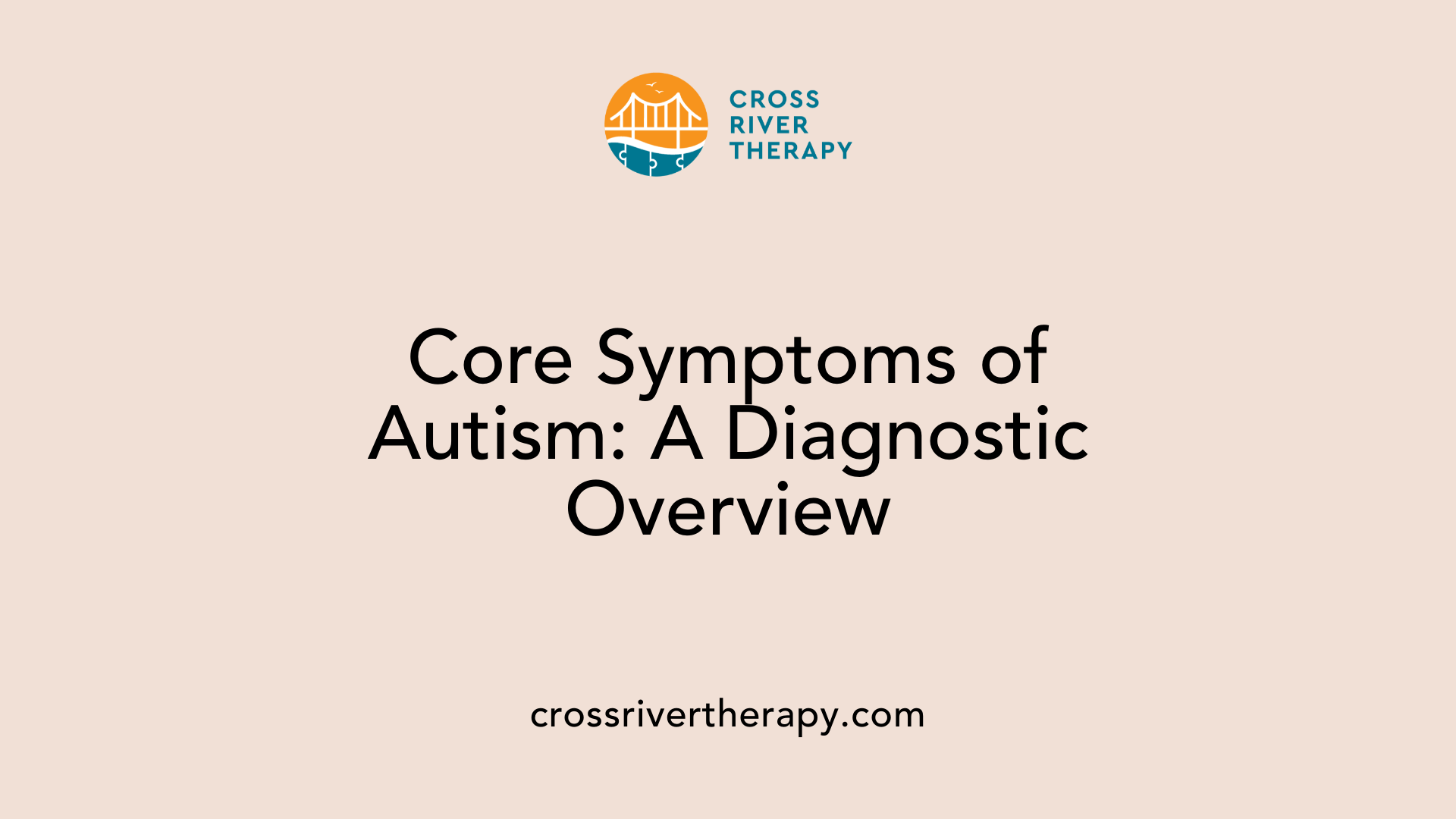
What are the main symptoms of autism?
The primary characteristics of Autism Spectrum Disorder (ASD) revolve around difficulties in social communication and interaction, alongside restricted and repetitive behaviors. Early signs can manifest in various ways, often observable by 12 months. For instance, a lack of response to one's name by 9 months and inconsistent eye contact represent significant red flags. Many children may exhibit problematic behaviors, such as not engaging in reciprocal play or displaying limited interests. As some progress in development, others may regress, losing acquired skills between 18 to 24 months, which can often compound concerns for caregivers.
Symptoms broadly categorize into:
- Challenges in Social Communication: These may include minimal or absent eye contact, struggles in back-and-forth conversations, and difficulty understanding nuances in body language or emotions.
- Restricted or Repetitive Behaviors: Children might engage in rituals, such as lining up toys, often exhibiting intense focus on singular interests or exhibiting echolalia, where they repeat phrases from media.
Diagnostic criteria and process
The diagnostic criteria for ASD, as outlined in the DSM-5, require that a child presents symptoms across multiple parameters, including not just challenges in social-emotional reciprocity and nonverbal communication but also emphasizing the presence of at least two types of restricted or repetitive behaviors.
Early identification importance
The advantages of early detection cannot be overstated; research suggests that intervention strategies are most effective when instigated at a young age, ideally before the child turns 3. Observations by healthcare professionals typically seek signs by the 18-month mark, enhancing the likelihood of successful management and support as children grow.
Autism in Adolescents: Challenges and Support
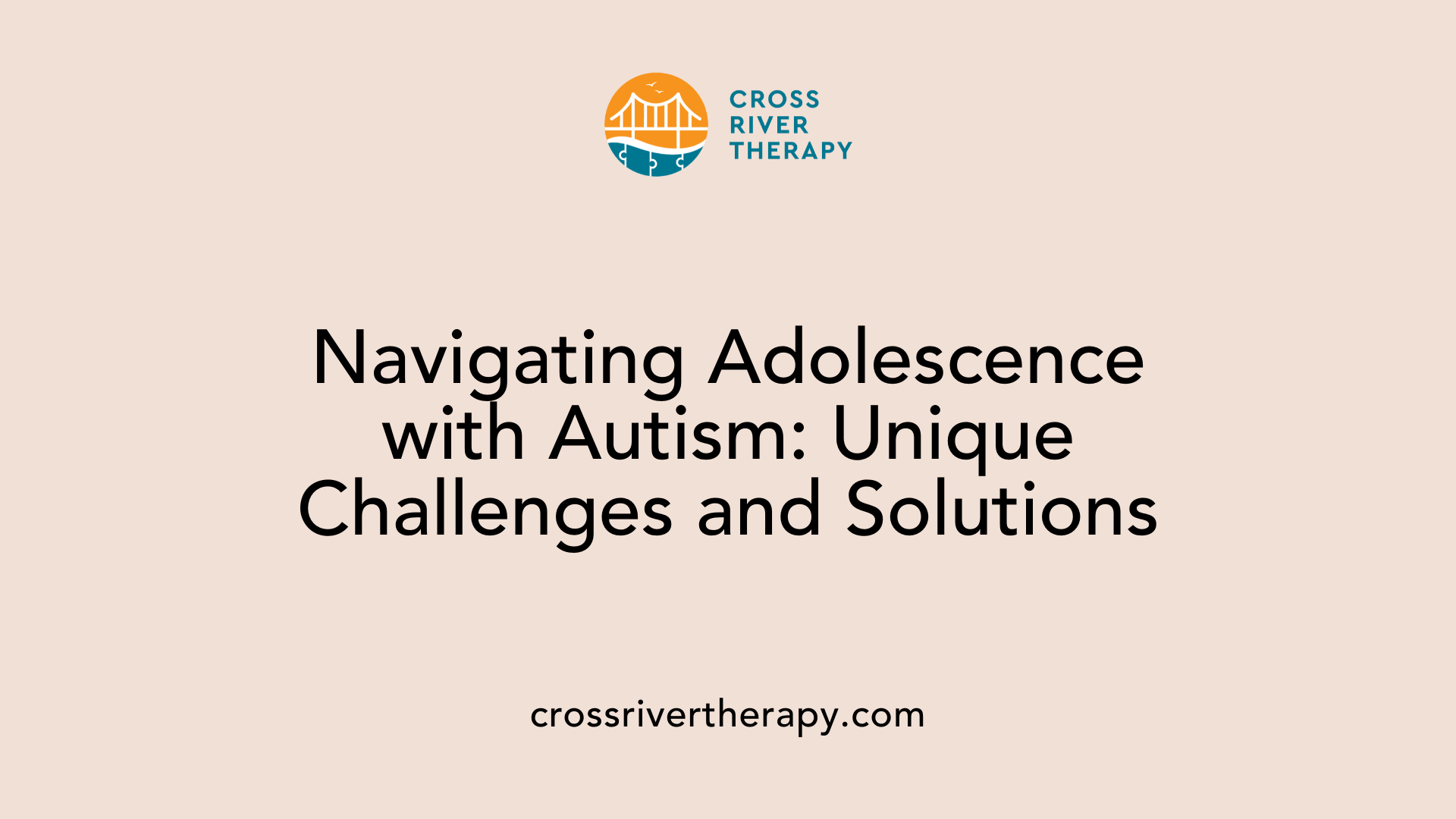
What are the symptoms of autism in teenagers?
The symptoms of autism in teenagers can become more pronounced during this developmental stage, as they face increased social and academic demands. Common signs include difficulties with social communication, such as not taking turns in conversations, struggling to understand nonverbal cues, and relying on social scripts. Autistic teens may prefer solitary activities, have trouble making friends, and exhibit repetitive behaviors or strong attachments to specific objects.
Sensory sensitivities and mood disorders, such as anxiety and depression, are also prevalent, often exacerbated by the challenges of adolescence. Additionally, unique teenage issues like navigating puberty, understanding body changes, and the risk of bullying can further highlight the need for support.
What specific challenges do adolescents with autism face?
During adolescence, individuals with autism often confront a myriad of challenges:
- Social Dynamics: Navigating friendships and peer pressures becomes complex, often leading to feelings of isolation.
- Academic Pressure: Increased academic expectations can lead to overwhelm, particularly for those struggling with executive functioning.
- Identity Formation: Adolescents begin exploring their identities, which may feel more daunting for those with autism who already face significant social hurdles.
- Bullying Risks: Autistic teens may be more susceptible to bullying, prompting the need for supportive environments.
What support strategies can help autistic teenagers?
Effective support for autistic adolescents involves a multifaceted approach:
- Building Social Skills: Programs focused on enhancing social communication and interaction can significantly aid in relationship-building.
- Creating Safe Spaces: Environments where they feel safe to express themselves can foster better social engagement.
- Encouraging Interests: Supporting their passions can provide opportunities for connection with peers sharing similar interests.
- Therapeutic Support: Access to counseling or therapy can help manage anxiety and improve emotional regulation.
- Involving Families: Educating families about autism can lead to better home support and understanding.
Combining these approaches can help create a supportive pathway for autistic adolescents, easing their navigation through these crucial developmental years.
Behavioral Manifestations of Autism in Various Age Groups
How does autism manifest behaviorally in children?
Autism manifests behaviorally in children through a variety of signs that can differ based on age and individual characteristics. Infants and toddlers often show early indicators, such as:
- Limited eye contact: Children may not look up at caregivers or engage visually.
- Non-responsiveness: Failing to respond to their name by 9 months old is a common sign.
- Repetitive movements: Actions like rocking or hand flapping may be observed as early as 12 months.
As children grow older, the behavioral profile evolves:
- Social understanding: By age 2, children might struggle to interpret emotions, avoid playful interactions, or appear withdrawn, preferring solitary play.
- Routine adherence: Many display a strong preference for structured routines and become distressed when changes occur.
- Intense interests: Focusing intensely on specific subjects or hobbies often characterizes older children on the spectrum.
Manifestations in older individuals
Among teenagers and adults, behaviors typically reflect more nuanced social challenges:
- Social cues: Difficulty interpreting what others are feeling remains prevalent, leading to misunderstandings in communication.
- Conversations: They may find it hard to engage in back-and-forth conversations or take things literally, which complicates social interactions.
- Preference for solitude: Many adults may continue to prefer alone time, making friendships challenging.
Behavioral diversity within autism spectrum
The diversity within autism is significant, reflecting a spectrum of behaviors:
- Gender differences: Autistic girls may mask their symptoms through mimicking peers, displaying fewer obvious repetitive behaviors compared to boys, thereby complicating diagnosis.
- Intensity: Some individuals may exhibit pronounced difficulties with social interaction, while others might function relatively well in structured settings, such as special interests or talents in specific fields.
This highlights the necessity for individualized support and understanding of each person’s unique behavioral patterns.
Autism in Adults: Identifying and Addressing Challenges
What are some common signs of autism in adults?
Common signs of autism in adults include difficulties in understanding the thoughts and feelings of others, considerable anxiety in social situations, and a propensity for solitude. These individuals may find it challenging to make and sustain friendships due to their difficulties in social communication, often expressing themselves bluntly and taking statements literally. Sensory sensitivities, such as adverse reactions to bright lights or loud noises, are also typical. For women, the situation can be more complex; many mask their symptoms and might seem more socially adept, further obscuring the diagnosis.
What are the signs of autism in adults?
The presentation of autism signs in adults can significantly differ but often involves challenges with social engagement and communication skills. Symptoms may encompass problems in making and holding conversations, misunderstandings surrounding sarcasm or idioms, and an inability to read facial expressions or body language accurately. Social anxiety is another common experience, prompting many individuals to prefer solitary activities or strictly adhere to daily routines. Diagnosis frequently eludes these adults, especially among females, as many display subtler manifestations of autism that can go unrecognized until adulthood.
Impacts on social and work life
In professional settings, these difficulties may lead autistic adults to struggle with teamwork, adherence to social nuances, and management-related tasks like planning and time organization. Access to supportive mental health services and workplace accommodations can be essential for enhancing their quality of life, allowing many to leverage unique talents they may possess in areas such as art, math, and technology.
Support and intervention
Recognizing early signs and providing tailored interventions can significantly improve outcomes for adults on the spectrum. Support networks, ongoing therapy, and community resources are vital in helping these individuals navigate their unique challenges, achieve greater independence, and lead fulfilling lives.
Gender Differences in Autism: An Overlooked Aspect
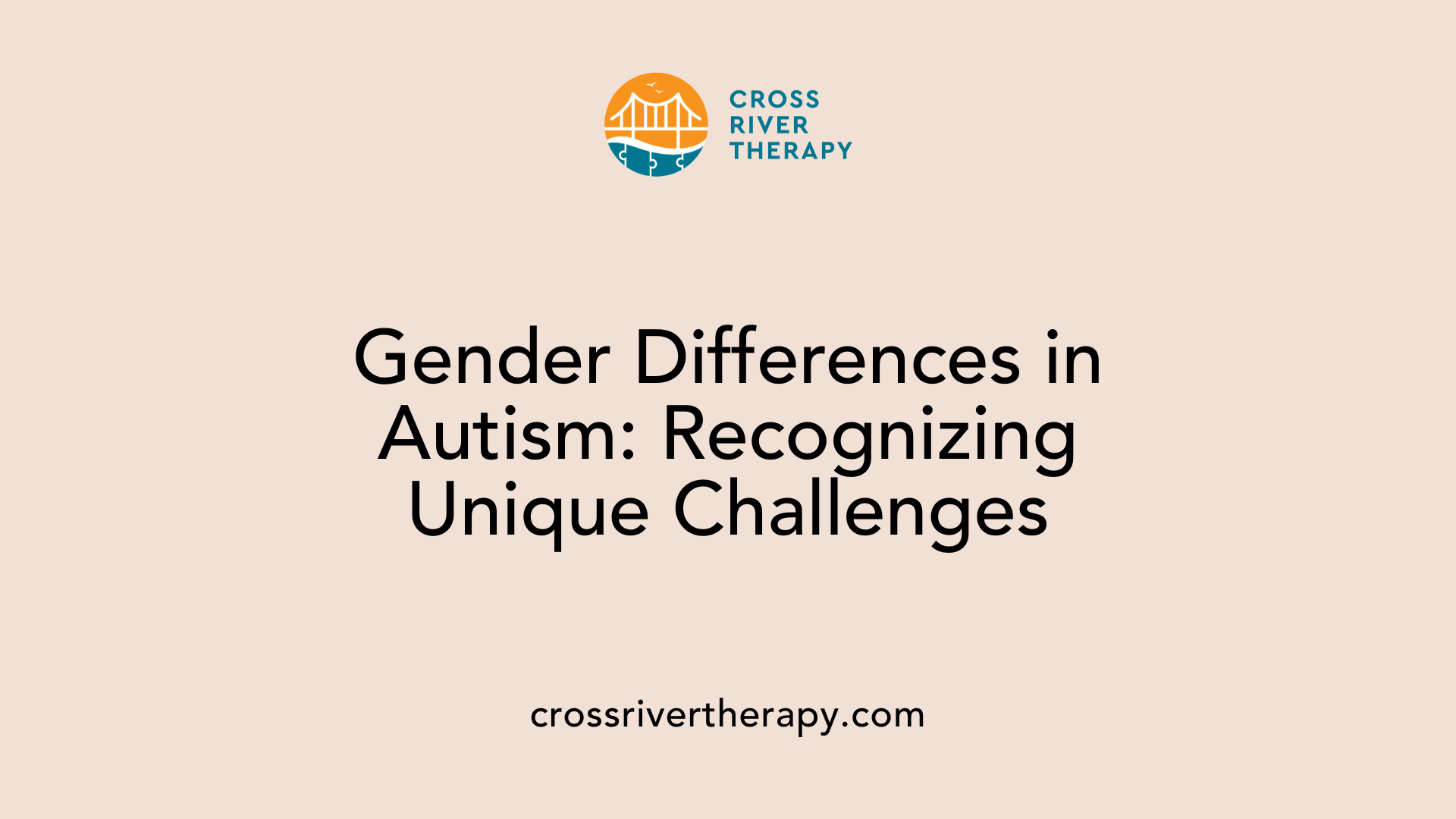
How might autism symptoms differ between boys and girls?
Autism symptoms can differ notably between boys and girls, often manifesting in contrasting behaviors and social interactions. Boys typically exhibit more overt signs such as pronounced repetitive behaviors and significant challenges in social communication. They may engage intensely with specialized interests, find it hard to make and maintain eye contact, and experience difficulty in forming peer relationships.
In contrast, girls often display a subtler profile, making them more adept at masking their symptoms. This leads to underdiagnosis and can skew perceptions of their challenges. Girls may participate more actively in social engagements but struggle internally with self-regulation and emotional control. They are also more prone to experiencing internalized issues such as anxiety and depression, often displaying social skills that, while present, are underpinned by significant struggles.
What challenges do females face in diagnosis?
The disparity in presentation often results in female individuals being diagnosed later than their male counterparts or even going undiagnosed, potentially until adulthood. This gap highlights the systemic biases in autism assessment, which can overlook the nuanced signs of autism in females, such as their tendency towards compliance and social adaptation. The result can be a lack of appropriate support and intervention, which is critical for addressing their unique needs.
How do these differences impact treatment and support?
Consequently, the differences between sexes in autism presentations call for tailored approaches in both diagnosis and treatment. Females may require strategies that specifically address their emotional well-being and social skills rather than focusing solely on behavioral symptoms. Understanding these distinctions is vital for healthcare providers to create effective support systems that cater to the specific challenges faced by individuals on the spectrum, ensuring equitable access to care and resources.
Understanding Sensory Sensitivities in Autism
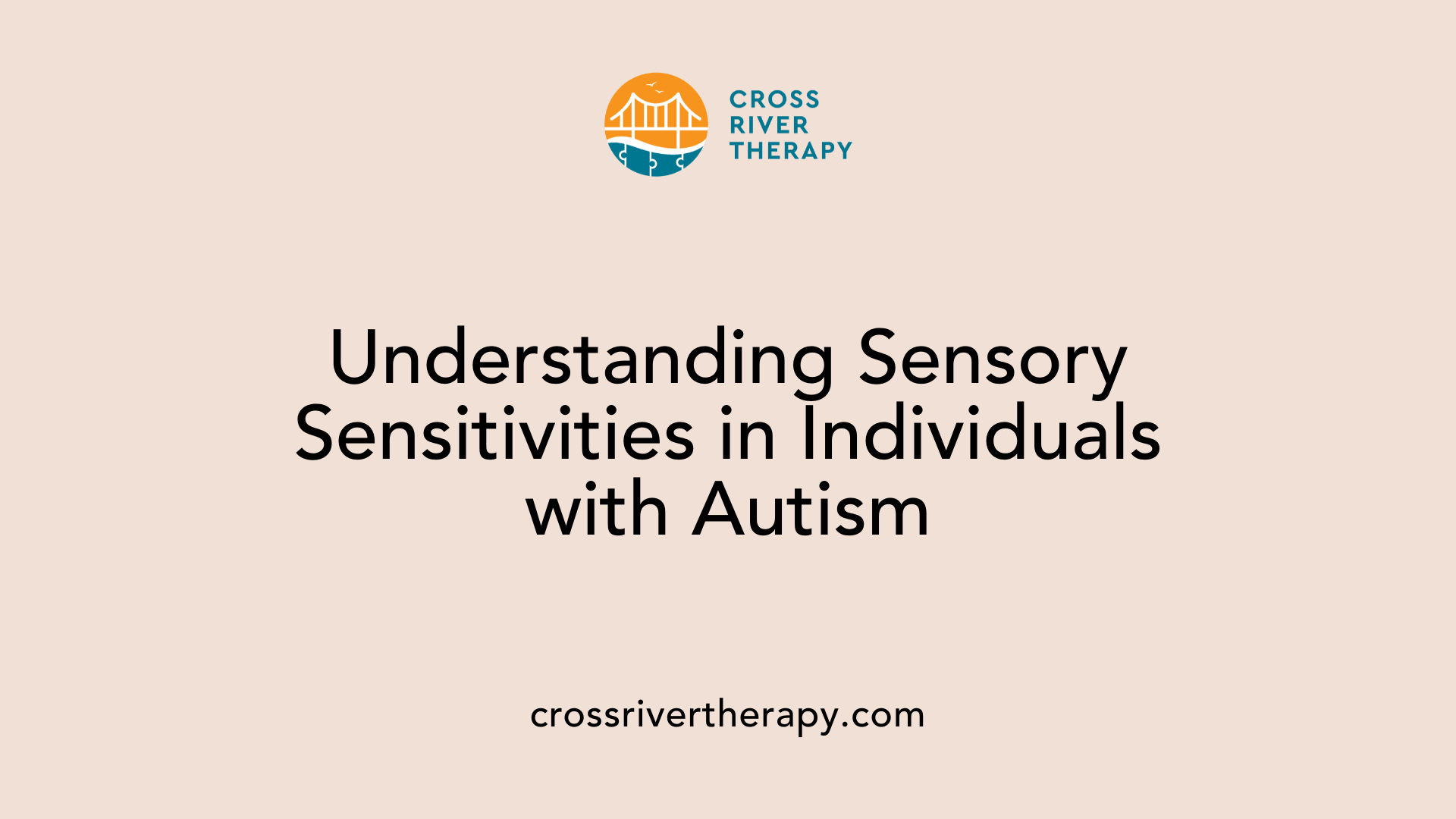
Sensory Responses and Challenges
Individuals with autism spectrum disorder (ASD) frequently experience atypical sensory sensitivities. These can manifest as either hypersensitivity or hyposensitivity to stimuli such as light, sound, texture, and taste. For instance, an autistic person may become overwhelmed by bright lights or loud noises, leading to heightened anxiety or meltdowns.
Impact on Daily Life
Sensory sensitivities can significantly disrupt daily routines. Autistic individuals may avoid crowded spaces or specific activities that involve strong sensory input, limiting their social interactions and enjoyment of life. Such sensitivities may also complicate their ability to participate in educational settings or workplaces, where environmental stimuli can be overbearing.
Coping Strategies
To manage sensory challenges, many develop coping mechanisms, such as using noise-canceling headphones to dampen sounds or wearing sunglasses to reduce glare. Creating structured routines can also help in minimizing sensory overload, providing a predictable environment that alleviates anxiety.
Conclusion: The Importance of Awareness and Early Detection
Understanding the diverse symptoms of autism is crucial for early identification, informed support, and effective intervention. It highlights the importance of recognizing variations across age groups and sexes, helping to address the unique challenges each individual faces. With increased awareness and understanding, society can better support individuals with autism, fostering environments where they can thrive and achieve their potential.
References
- Autism spectrum disorder - Symptoms and causes - Mayo Clinic
- Signs and Symptoms of Autism Spectrum Disorder - CDC
- Autism symptoms | Autism Speaks
- Signs of autism in adults - NHS
- Autism Spectrum Disorder - National Institute of Mental Health (NIMH)
- Signs of autism in adults
- Autism Spectrum Disorder (ASD) Symptoms & Causes
- What Are Causes and Symptoms of Autism? - WebMD
- Signs of autism in children - NHS
- Signs that a child or adult may be autistic



